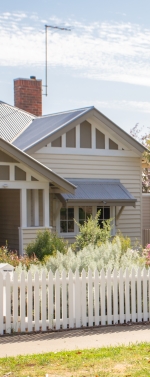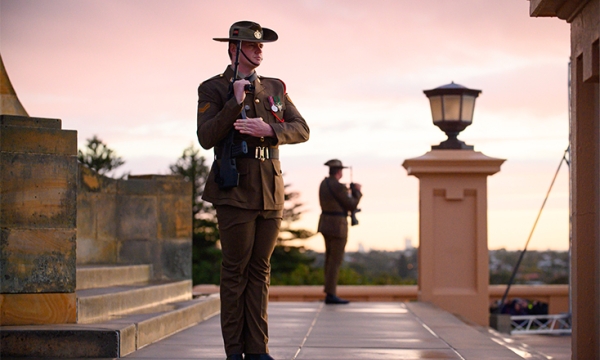
Arthur Head conservation works underway
The City of Fremantle has commenced important conservation works at one of Western Australia’s most significant heritage sites.
Since 2018 the severely eroded limestone cliffs at Arthur Head, the site of Fremantle’s historic Round House, have been fenced off due to the safety risk from falling rocks.
Earlier this year the City of Fremantle and the state government committed matching funding of $500,000 each for urgent works to stabilise and repair the cliffs.
After preliminary works last month to remove potentially damaging vegetation from the eastern side of Arthur Head, work began today to repair the limestone wall to the north of the Whalers Tunnel.
Fremantle Mayor Brad Pettitt said he was delighted the much-needed repairs to Arthur Head were finally underway.
“There’s no doubt Arthur Head is one of WA’s most important heritage sites, but for more than two years it’s been surrounded by ugly fences and scaffolding to protect people from falling rocks,” Mayor Pettitt said.
“The quarrying of the original headland and decades of exposure to the harsh coastal environment has resulted in severe erosion which has left the cliffs unstable and created a serious safety hazard.
“The conservation works that are now underway will help to make the cliffs safe and prevent further erosion, which means we’ll finally be able to remove the scaffolding and fencing.
“This is an important first step towards addressing the heritage conservation works needed for Arthur Head and the Round House and we look forward to continuing to work with the state government on this important project.”
The work on the limestone wall north of the Whalers Tunnel will include filling in badly eroded sections of the wall and repointing it with a lime mortar.
The use of lime mortar and render will allow the surface to ‘breathe’ and naturally expel moisture, unlike the cement renders used in previous decades which have contributed to the degradation of the wall.
The work began today above the main stairs leading up to the Round House and will continue along the rest of the wall in the coming months. The stairs will be closed until Friday 18 December, but alternative access is available via Mrs Trivett Place or the southern access stairs.
The next stage of the project, due to begin in March next year, will involve extending the retaining wall to the south of the Whalers Tunnel near the railway line.
This will be done by covering the exposed cliff face with carbon fibre, extending the limestone retaining wall by about 15 metres and filling the gap between the wall and the cliff with concrete.
The final stage, scheduled to begin in May, will involve stabilising the cliff face above the western entrance to the Whalers Tunnel, reinforcing the entrance to the tunnel and building a new rockfall canopy.
The new canopy will be clad in corten steel and have Aboriginal artworks incorporated into the design. It will be supported on custom-made hydraulic buffers to absorb the impact in the event of a rockfall.
The project also includes the removal and restoration of the steel gates at the western end of the Whalers Tunnel and additional fencing around the site.
Planned future stages that are subject to further budget allocations include repairing the limestone walls around the top of Arthur Head, restoring the stairs and the eastern entrance to the Whalers Tunnel and works to repair and conserve the Round House itself.
The Round House was the first permanent building in the Swan River Colony and is the oldest public building still standing in Western Australia.
It was built as a jail and opened in 1831, with the Whalers Tunnel added in 1838.
Arthur Head was substantially quarried between the 1830s and 1960s, which reduced the size of the headland by 60 per cent and left the quarried cliff faces exposed to the harsh coastal environment.











